
The drums pictured above aren’t particularly fancy. In fact, that’s sort of the idea. They were both constructed in the last several months in a collaborative effort among our historical researchers, interpretive staff, and the cooperage.
Goblet-shaped djembe drums have been used in our African American music programs since the 1990s. “They are versatile, easier to play, and more appealing to western audiences,” explained Harvey Bakari, Manager of African American Initiatives. “However, it would have been less likely for slaves to have the time, resources, and materials to reconstruct a djembe drum.”
The goal in this project was to create a drum that more authentically resembled what enslaved people would have made in colonial America, rather than replicating West Africa drums. The difference is in what materials they would have had at their disposal; in other words, made from items that could have been easily collected without being missed.
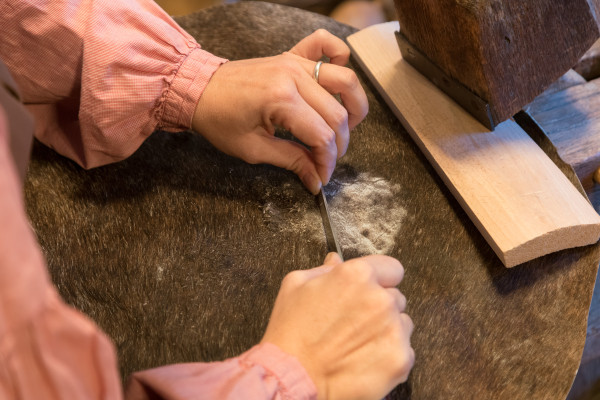
Journeyman cooper Ramona Vogel constructed the two drums in the cooperage. The barrel was just an old firkin (that is, a nine-gallon cask) previously used in the Historic Foodways brewing program.
While the white oak barrel seems like an item worth saving to us today, colonial Virginians would have looked at it as no better than an old cardboard box, something to be disposed of rather than reused. They were little better than kindling; most would have been burned for fuel.
Cowhide for the drumhead was ordered from Ghana. The cowhide was chosen for its thickness and durability. Any hide might have served the purpose in the 18th century. Ramona painstakingly scraped all the fur from the hide, then soaked it overnight in cool water to make it malleable.
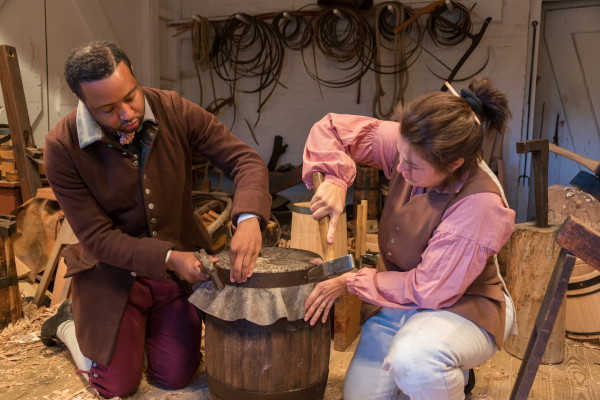
Marvin Greer, site supervisor at the Peyton Randolph House, which is the centerpiece for the portrayal of urban slavery, helped Ramona with the drum’s assembly.
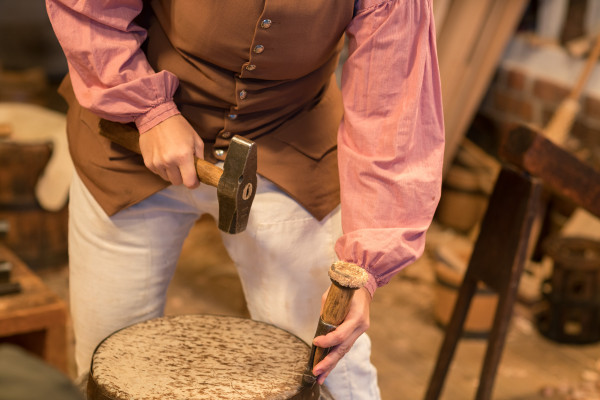
After they stretched the cowhide over the end of the barrel, they slipped the ring over it. Ramona drove the ring on tightly with a hammer.
Nails from the blacksmith kept the ring in place. An enslaved person could have used any nail to keep the drumhead in place, another example of how the drum is made out of recycled parts. Ramona trimmed the extra hide, then rubbed sheep tallow on it for conditioning. Keeping moisture locked in makes it less likely to develop cracks.
The drums are expected to be used to interpret African American life and music. You’ll find them most often at the Peyton Randolph House, an urban household that had 28 slaves.

Sometimes what’s fanciest, or prettiest, or most elaborate isn’t as authentic. This is one of those cases. The drum will give insight into how people survived and adapted, and preserved aspects of their African cultures under slavery. Mike Durling and our Productions team created the vodcast below with a behind-the-scenes look at the making of the drum. See how it was put together in more detail, and hear from experts about why it’s important.
Thanks to Dave Doody for the wonderful photography that documented the making of the drum.
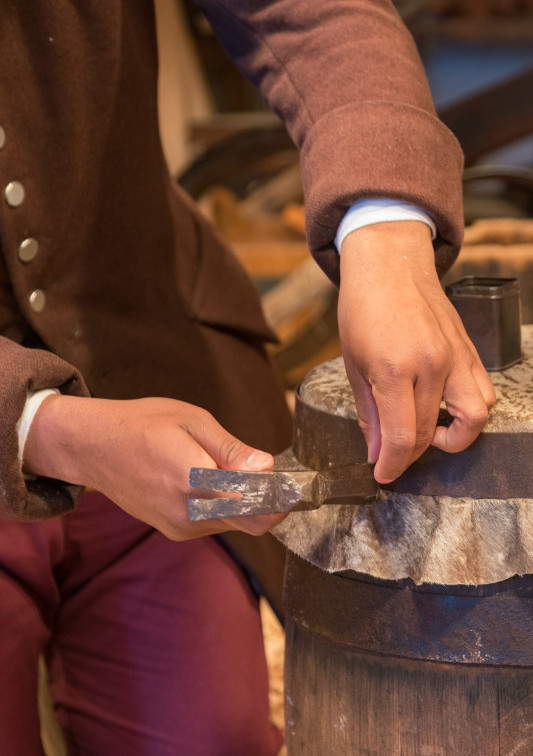
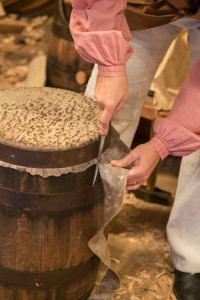
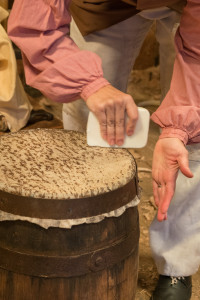
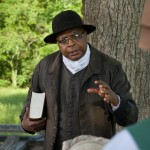
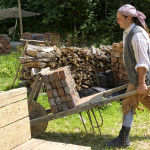

Thank you for this piece. I always wondered what materials slaves used to make their instruments. This piece explains it quite nicely
Excellent piece, Bill. Love the video. Just shared it on the Your Weekly Constitutional FB page.